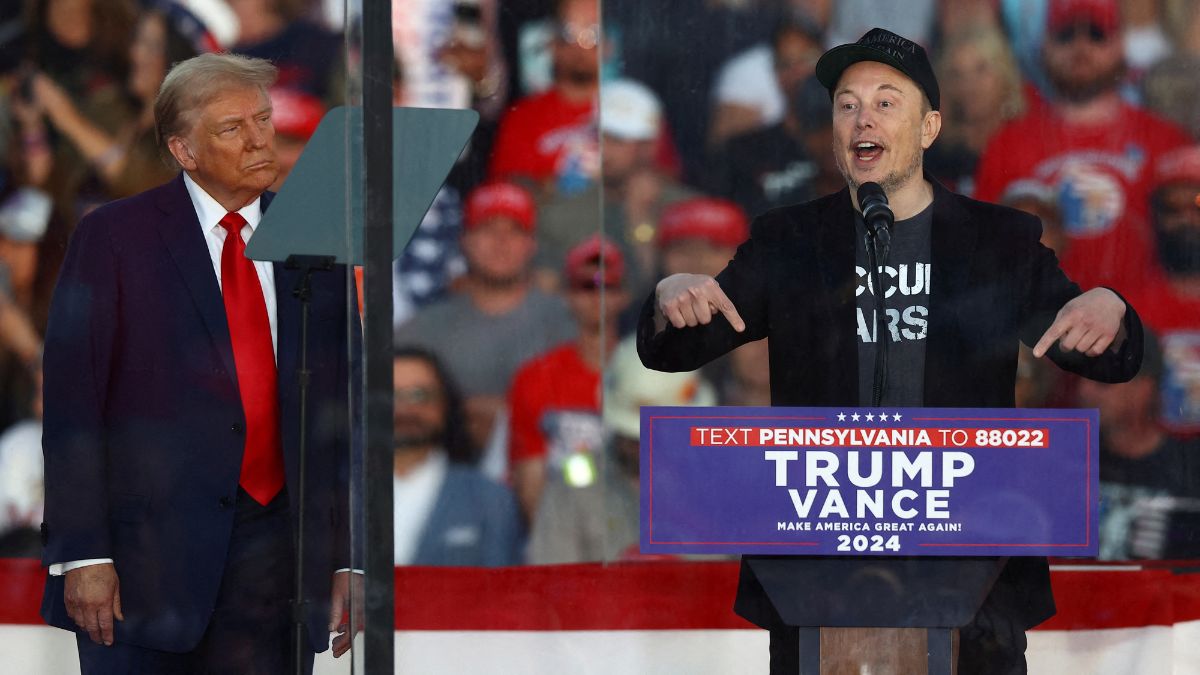Elon Musk, the billionaire entrepreneur and CEO of Tesla and SpaceX, has called for a shift away from manned fighter jets in favour of autonomous drones.
His critiques have taken aim at one of the most expensive and controversial military programmes — the F-35 stealth fighter — raising questions about the future of warfare and the efficiency of defence spending. Musk’s views come as his influence grows in government and aerospace.
Musk has repeatedly expressed his belief that the era of manned fighter jets is nearing its end. In a recent post on his social media platform, X, he criticised the continued investment in jets like the F-35. Sharing a video of synchronised drone swarms flying in complex formations, Musk commented: “Meanwhile, some idiots are still building manned fighter jets like the F-35.
Meanwhile, some idiots are still building manned fighter jets like the F-35 🗑️ 🫠
— Elon Musk (@elonmusk) November 24, 2024
pic.twitter.com/4JX27qcxz1
His disdain for traditional aircraft was further highlighted when he responded to a user’s comment, “Drones are the new level of warfare,” with a “100” emoji. Musk’s stance on drones reflects his broader advocacy for autonomous systems and artificial intelligence as the cornerstones of future military operations.
💯
— Elon Musk (@elonmusk) November 24, 2024
At the Air Warfare Symposium in February 2020, Musk made an even bolder statement:
“The fighter jet era has passed.” He also mentioned the transformative potential of space technologies, suggesting that advancements in reusable rockets and other aerospace innovations could redefine the military landscape.
Is the F-35 programme too costly?
The F-35 programme, spearheaded by Lockheed Martin, has been a lightning rod for criticism since its inception. The Pentagon awarded Lockheed the initial contract in 2001, intending to produce a versatile stealth fighter for the Air Force, Navy, and Marine Corps.
However, the programme has faced significant challenges, including cost overruns, delays, and technical issues. The F-35 is the Pentagon’s most expensive weapons programme, with projected costs of $1.8 trillion over its lifecycle, including development, manufacturing, operations, and maintenance through 2088.
Despite these investments, a declassified report from the Defence Department’s weapons testing chief revealed that the F-35’s reliability, maintainability, and availability remain below expectations.
The Pentagon plans to acquire approximately 2,400 F-35s to replace aging, non-stealth fighters. Currently, hundreds of these aircraft are operational across the US military and allied forces . Over the next decade, 700 F-35s are expected to be deployed in Europe alone, with only 60 belonging to the United States.
Defending the programme, Lockheed Martin described the F-35 as “the most advanced, survivable, and connected fighter aircraft in the world, a vital deterrent and the cornerstone of joint all-domain operations.” The company pledged to work closely with the US government and its international partners to strengthen national defence.
A Pentagon spokesperson echoed these sentiments was quoted by Fortune as stating: “We have combat-capable aircraft in operation today, and they perform exceptionally well against the threats for which they were designed. Pilots continually state that this is the fighter they want to take to war if called upon.”
Are autonomous drones the future?
While Musk’s criticisms have drawn attention, the military has been investing heavily in drone technology for decades. Unmanned systems are already used extensively for surveillance and airstrikes, and the Pentagon’s “Replicator Initiative” aims to deploy “thousands of autonomous systems across multiple warfighting domains.”
However, experts argue that drones cannot completely replace manned fighter jets. Barron’s quoted Richard Aboulafia, managing director at AeroDynamic Advisory, who highlighted the limitations of unmanned systems: “Modern fighter jets fill irreplaceable roles. Drones can’t intercept enemy bombers or launch from thousands of miles away to support naval operations or other strategic objectives.”
Admiral Samuel Paparo, commander of US Indo-Pacific forces, also downplayed the notion of drones as a standalone solution, telling Barron’s: “The [Chinese military]’s got 2,100 fighters. They’ve got three aircraft carriers. They have a battle force of 200 destroyers. Oh well, Roger, we’ve got a couple drones. No problem.”
How will Musk’s growing influence change US defence?
Musk’s critiques carry added weight due to his role as co-head of the newly formed Department of Government Efficiency (DOGE) , which advises US President-elect Donald Trump.
In a recent Wall Street Journal op-ed co-authored with Vivek Ramaswamy, Musk highlighted inefficiencies in the Pentagon, noting that the department has failed seven consecutive audits, raising concerns about its $800 billion annual budget.
As CEO of SpaceX, the world’s most valuable aerospace company, Musk has disrupted the defence industry with innovations like reusable rockets. SpaceX COO Gwynne Shotwell recently criticised traditional government contracts, advocating for competitive bidding processes that reward efficiency and cost-effectiveness.
While Musk’s vision wants the primacy of drones and autonomous systems, the military continues to pursue a hybrid approach. The next-generation air dominance programme envisions a combination of manned and unmanned fighters to address diverse mission requirements.
With inputs from agencies


)

)
)
)
)
)
)
)
)



